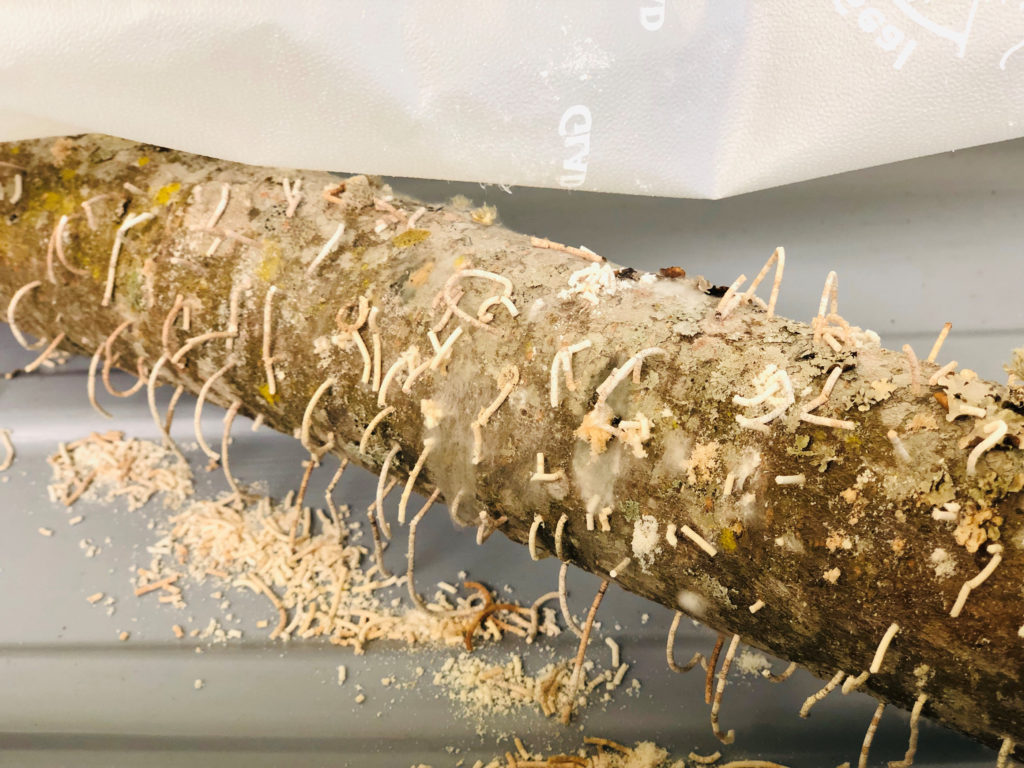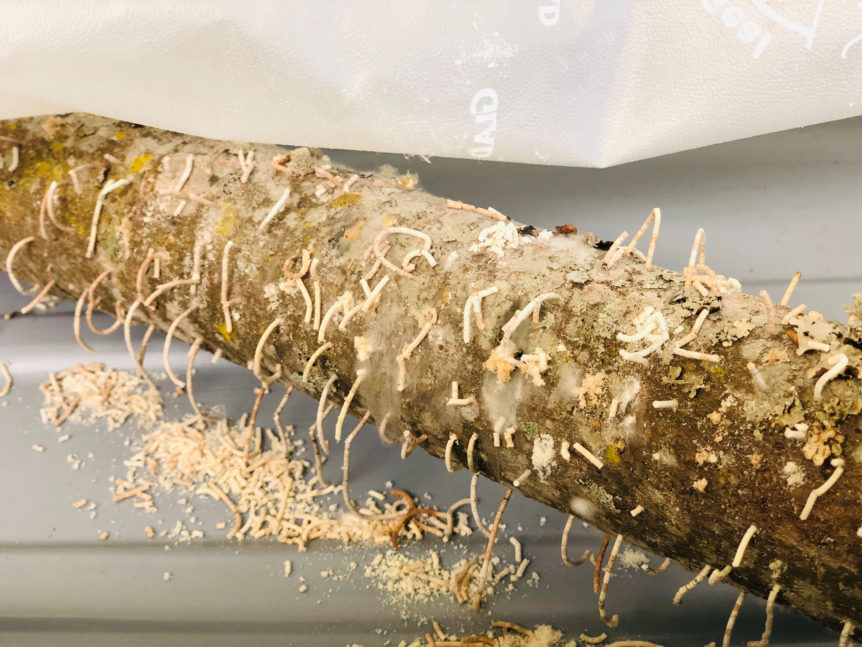
By Clint Thompson
Ambrosia beetle damage on vulnerable young trees is a concern for pecan producers in the Southeast. Trees that are most vulnerable are young and stressed, especially those under flooded conditions.
Apurba Barman, an assistant professor of entomology at the University of Georgia Tifton Campus, is cautioning growers about beetle damage during this winter’s pecan production meetings throughout South Georgia.
“When the young trees are sitting in a wet spot they cannot really breathe. They release this ethanol, and these beetles are basically after the ethanol coming out of the trees,” Barman said. “As we warmed up in February, I think we had some days when temperatures were all the way up to 70 degrees (Fahrenheit); we warm up, and these beetles are coming out of the wood lines and they’re looking for new trees to build their nests and have babies.
“They’re coming and going after these trees which are releasing ethanol. They’ll make holes and produce babies. In the process, we’ve got a lot of injuries into these young trees. When you have many holes, that tree is eventually going to die. Or if they have some holes, the trees will not produce leaves or fewer leaves in the spring, so that is the symptom of this beetle.”
Producers have effective insecticides to manage the beetles. They just need to know when the beetles are present. Pecan farmers can identify beetle activity by the toothpick-sized sawdust tubes the beetles leave sticking out of holes bored in trees.
Growers can apply pyrethroids at the trunk of the tree to control the pests.
“Out of the pyrethroids, bifenthrin is by far the best,” Barman said. “Use bifenthrin and spray the lower half of the tree, 3 to 4 feet from the ground level. If you do this a couple of times from February all the way to the first week of May, you should be protected from ambrosia beetle.”










